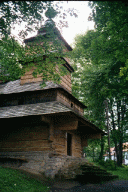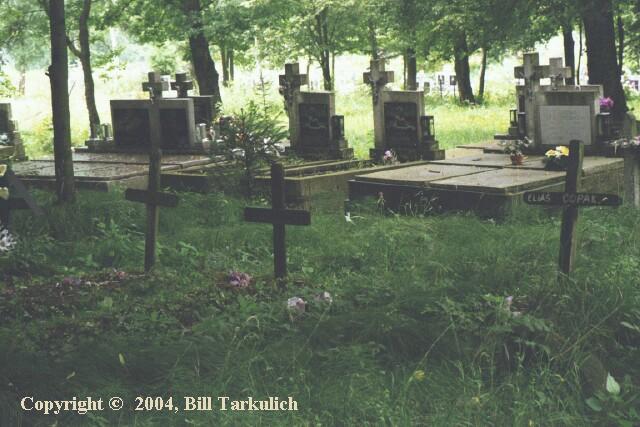

These villages were always quite poor. As such, little money was available to create long-lasting grave markers. Initially, most graves are marked with wooden Christian crosses, about two feet in height, with the name written usually on the horizontal piece. In time, if economics permit, it is replaced with a more permanent marker. These are usually either a simple crucifix (cross) made of iron, or a more formal, extensive monument, which includes a concrete structure placed over the entire plot. Most all people are buried in ‘sequential’ order. That is, in the order in which death occurs. There are no ‘family plots’.
If the wooden marker remains, it tends to decay and collapse within about a ten-year period. In some cases these are replaced, in others any notation of the burial location is probably lost to time. For some period it may remain in the memory of loved ones, but in time, it is forgotten. There are no ‘directories’ as we find in larger, more organized cemeteries. As such, there are vast sections of the cemeteries with hundreds of unmarked graves. These sections contain rows of small ‘hills’ of earth, which are the only indication that there are graves in the area. As such, these large sections are essentially not maintained and therefore appear as fields of wildflowers, grass and weeds. To walk through them is difficult, as the underbrush is thick and full of prickly weeds, about 3 feet high. Occasionally one will find a wooden marker, probably placed there by a family sometime in the recent past.
Cemetery maintenance is essentially handled by loved ones, including weeding and grass removal.
The effects of the Communist regime on cemeteries cannot be ignored. During this period, the cemeteries were generally neglected. First, due to government dictate, these Greek Catholic churches were handed over to the Orthodox Church. Second, attending church, although legally sanctioned, essentially barred you from obtaining any desirable or worthwhile employment in the regime. Thirdly, poverty remained quite high during this period. All three of these dynamic contributed to the general neglect of the cemetery. One tragic decision that was made during this era (by whom we do not know) was that the tombstones had become rather bothersome to those who maintained the church property. A decision was made to remove and bulldoze the Zboj cemetery monuments. What happened to any tombstones remains a mystery to me.
Most monuments have been placed since 1989. Very few were placed (or remain) from 1950 to 1989.
The church plot contains a) the site of the original wooden Greek Catholic Church, b) the present Orthodox Church, the cemeteries for both Greek Catholic and Orthodox parishioners. There is no longer a Greek Catholic Parish in Zboj.